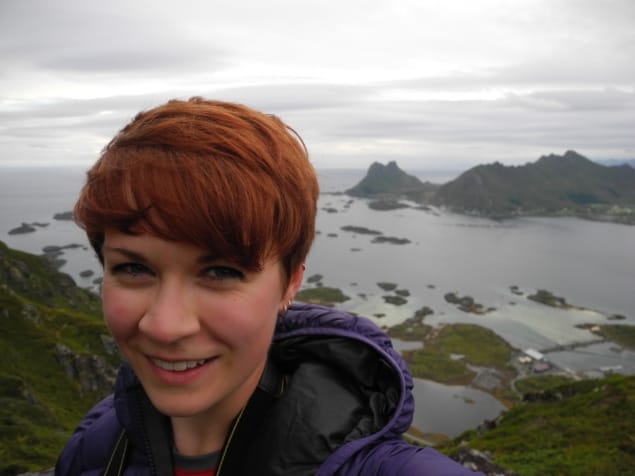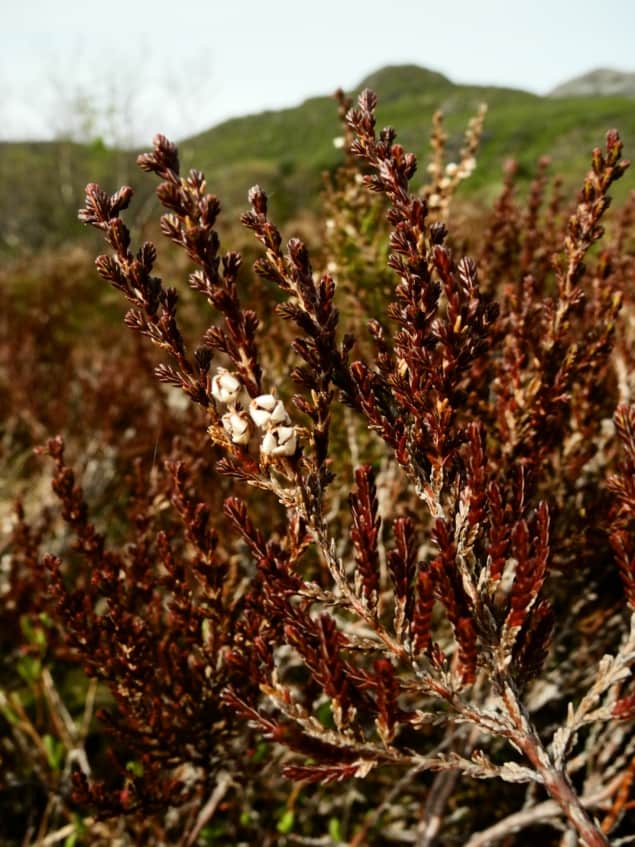
The Arctic is already under severe threat from climate change. Now, research has revealed that damage to Arctic vegetation hampers its ability to absorb greenhouse gases from the atmosphere.
An increasing number of extreme climatic events are taking place in the Arctic, ranging from fire to unusual winter conditions such as sudden temperature fluctuations and changes in snow cover. These extreme conditions damage plants by killing them or by causing a stress response, visible as high levels of brown anthocyanin pigments. Extreme events cause huge areas of the Arctic to turn brown and bring major disturbances to Arctic ecosystems.
Despite the growing frequency and obvious adverse effects of these “browning” events, until now little was known about how they change the ecosystem’s carbon balance – the equilibrium between emission and absorption of carbon dioxide. New research led by Rachael Treharne of the University of Sheffield, UK, with colleagues from Norway and Italy, has revealed a steep drop in the amount of carbon dioxide absorbed by plants affected by an extreme climatic event, regardless of whether the plants were killed or just stressed.

The research focused on the Lofoten archipelago in northern Norway, an area that has suffered numerous browning events. A sealed chamber placed over an area of ground allowed measurement of the gas exchange of the plants and soil inside. Plants absorb carbon dioxide, while both plants and soil release it.
The study found a reduction in CO2 uptake of 48% in areas where extreme climatic events had killed many plants, but also a 50% reduction in areas where plants had been stressed and produced protective anthocyanins.
“The large reductions in net CO2 uptake have implications for the whole ecosystem,” says Treharne. A large reduction across the growing season severely decreases the ecosystem’s capacity as a carbon sink; it cannot absorb as much carbon dioxide from the atmosphere as undamaged vegetation.
Damaged vegetation usually recovers its green colour by the peak of the growing season, the researchers point out, complicating attempts to quantify the severity of browning by remote sensing from satellites.
“Many climate models assume an arbitrary level of greening — and therefore increasing carbon dioxide uptake — across the Arctic,” Treharne says. “The scale of the browning we’ve seen in recent years suggests the reality may be more complex.”
Scientists may need to reassess their predictions of future climate change to account for Arctic browning.
“It couldn’t be clearer that our current efforts to tackle climate change are deeply and dangerously inadequate,” says Treharne. “However, if we take ambitious action now, we can cut how much the Arctic is expected to warm by as much as 7°C. This is critical to minimizing the impacts of climate change in these globally important ecosystems.”
Treharne and colleagues reported their research in Global Change Biology.



